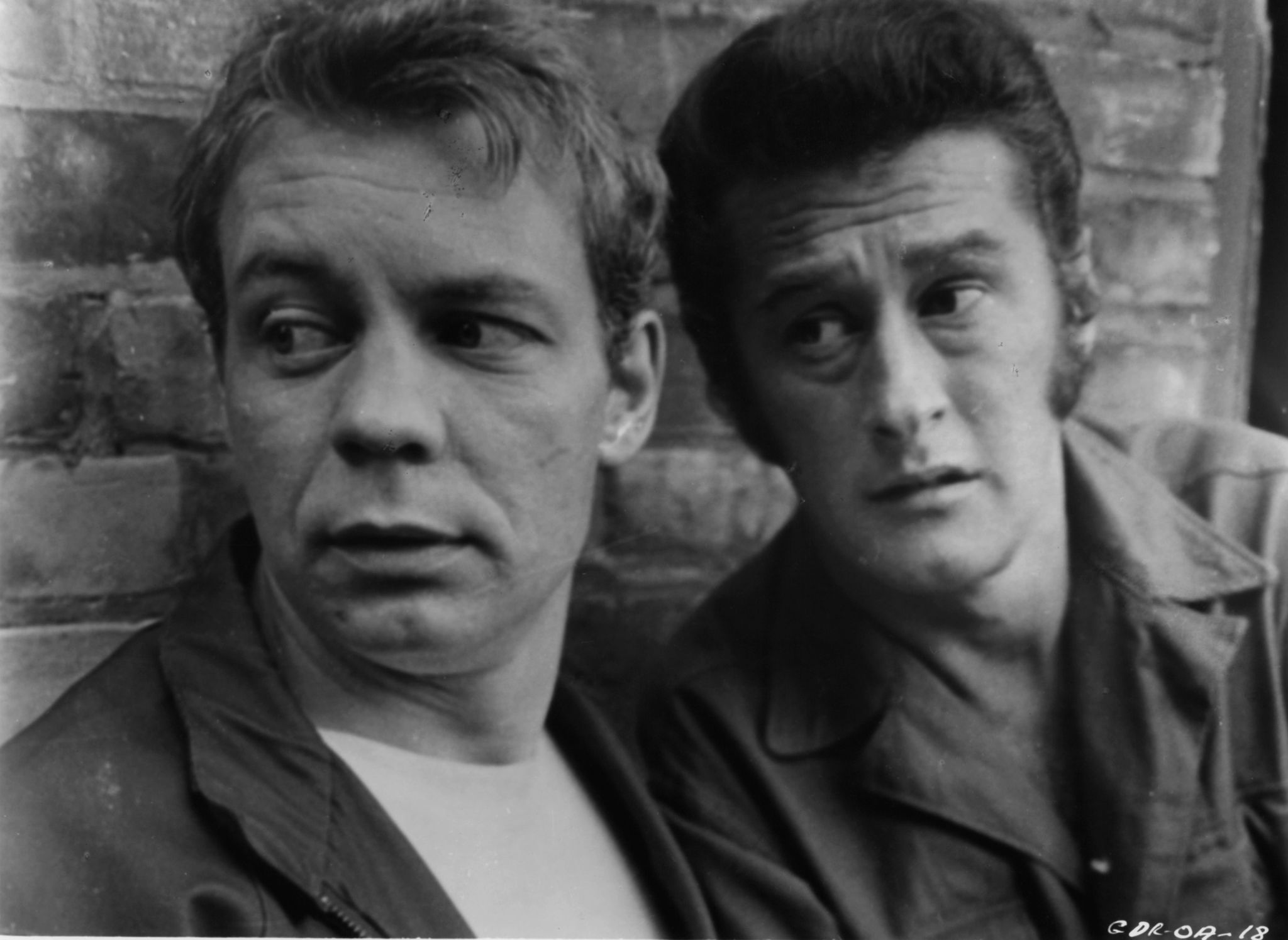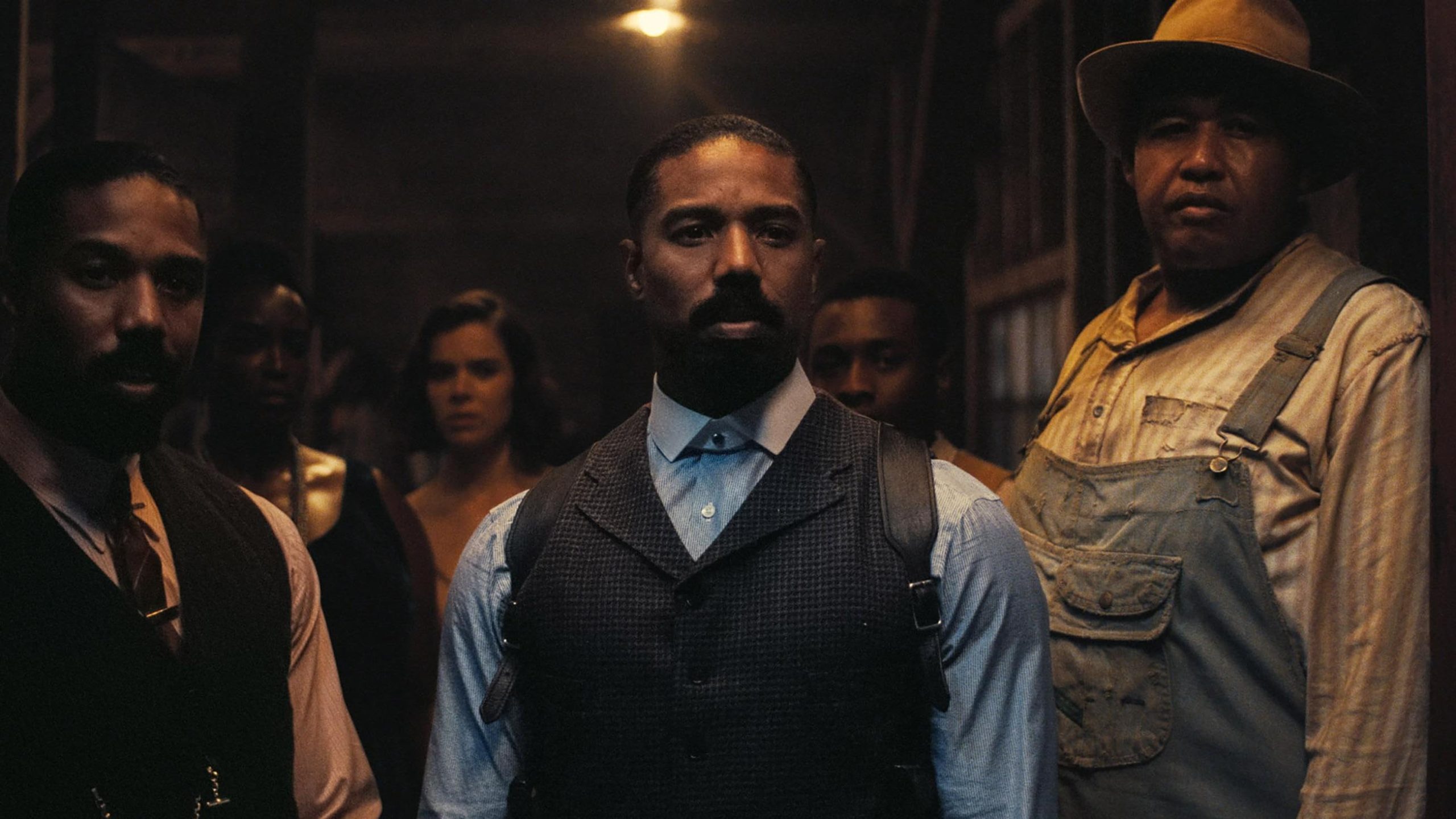dreamabodefinder.com – Goin’ Down the Road (1970) is widely regarded as one of the most important films in Canadian cinema history. Directed by Donald Shebib, the film captures the struggles of two working-class men who leave their small-town lives behind in search of opportunity in the big city. With its raw realism, poignant themes, and groundbreaking approach to Canadian storytelling, Goin’ Down the Road remains a landmark in the country’s film industry.
Plot Summary
The film follows Joey (Paul Bradley) and Pete (Doug McGrath), two friends from Nova Scotia who embark on a road trip to Toronto, hoping to find jobs and a better future. However, upon arrival, they quickly realize that city life is not as glamorous as they had imagined. They struggle to secure stable employment, face financial difficulties, and eventually become disillusioned with their dreams. As their hardships increase, the pressures of survival strain their friendship, leading to a series of emotional and dramatic events.
Themes and Social Commentary
One of the film’s most powerful aspects is its exploration of economic struggles and the realities of migration within Canada. Joey and Pete represent the countless individuals who leave rural areas for urban centers, only to be met with disappointment and adversity. The film also examines themes of masculinity, friendship, and the illusion of the “Canadian dream.” It sheds light on the working-class experience and challenges the notion that success is easily attainable in the city.
Realism and Cinematic Style
Goin’ Down the Road is celebrated for its cinéma vérité style, which gives it an almost documentary-like authenticity. Shot on a modest budget, the film relies on natural lighting, real locations, and a largely improvised approach to dialogue, adding to its sense of realism. This raw and unpolished aesthetic was groundbreaking for Canadian cinema at the time, setting a new standard for storytelling in the industry.
Cultural Impact and Legacy
Upon its release, Goin’ Down the Road received widespread critical acclaim and has since been recognized as a defining film in Canadian cinema. It was praised for its honest depiction of the struggles faced by working-class Canadians and its ability to resonate with audiences across the country. In 2015, the Toronto International Film Festival (TIFF) ranked it as one of the greatest Canadian films of all time.
The film’s influence extended beyond Canada, drawing comparisons to American road movies and the Italian neorealist movement. In 2011, Donald Shebib directed a sequel, Down the Road Again, revisiting the story decades later.
Conclusion
More than five decades after its release, Goin’ Down the Road remains a powerful and relevant film. Its unflinching portrayal of economic hardship, friendship, and disillusionment continues to resonate with audiences today. As a pioneering work in Canadian cinema, it paved the way for future filmmakers to explore authentic and socially conscious storytelling. For anyone interested in the history of Canadian film, Goin’ Down the Road is an essential watch.





